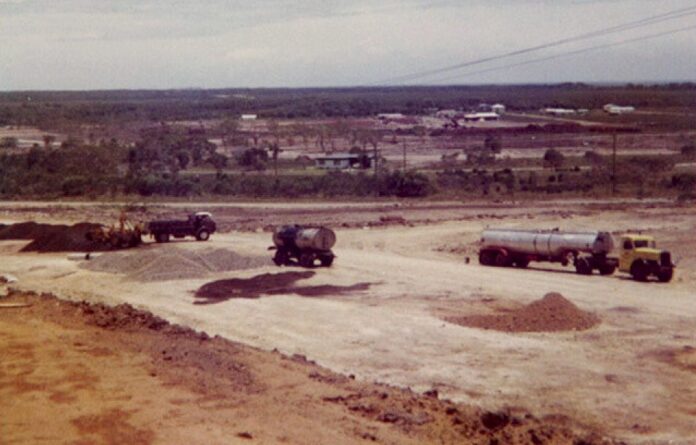A former works inspector involved in the development of Kawana Waters says he found about 100 pieces of unexploded ordnance in the area, and there could be more in the vicinity.
Clive Plater, 69, worked on various projects there for more than four decades, overseeing earthmoving activities for much of that time.
He discovered scores of unexploded ordnance (UXO), which were remnants of World War II live-fire training exercises, from about 1970 to 1995, in northern Caloundra and at Kawana, which is now a sprawling urban hub with about 40,000 residents.
“The first one I found was when we started building roads in the Currimundi Heights area (Culla Culla Street), and the Army came up and took it away and I got my first lesson in how to tell which ones were dangerous,” he said.
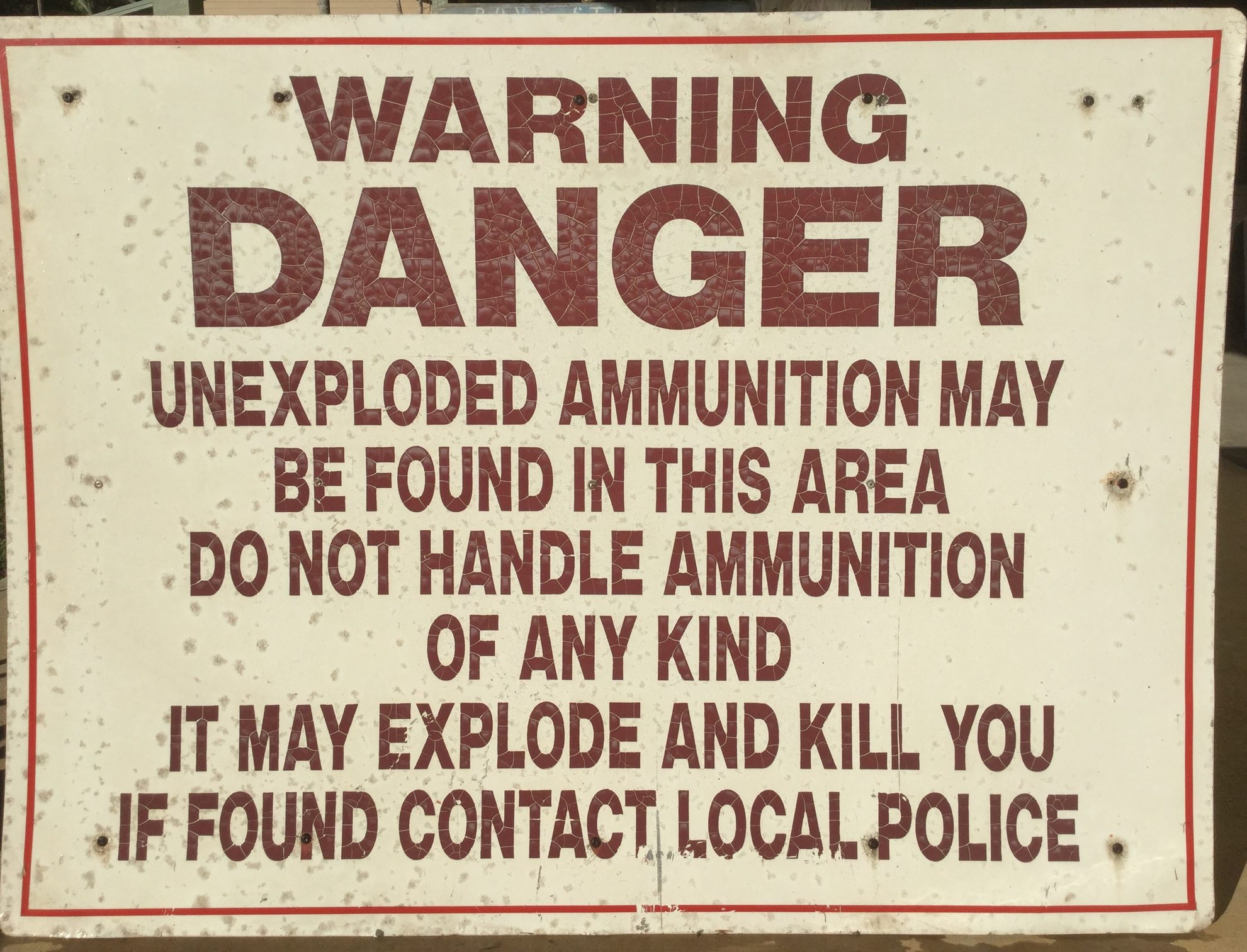
He said he and colleagues found UXO mainly in the Currimundi areas around Bilinga Street and north of the Currimundi school, along with Wurtulla and Wurtulla Beach estates.
“We would find them and let the police know,” he said.
“If they were dangerous, the Army would come up and either explode them on the spot or move them to somewhere safer to let them off.”
Mr Plater said that in his early years there, workers would create fire breaks and then walk around to find UXO in the ash.
“If there was a shower after the burn-off, they were easier to spot,” he said.
“Some of them also turned up when trenches were dug, and many turned up when the topsoil was being re-spread after earthworks were completed.
“I recall two UXO going off on their own after being unknowingly pushed up into a timber stack and burnt.”
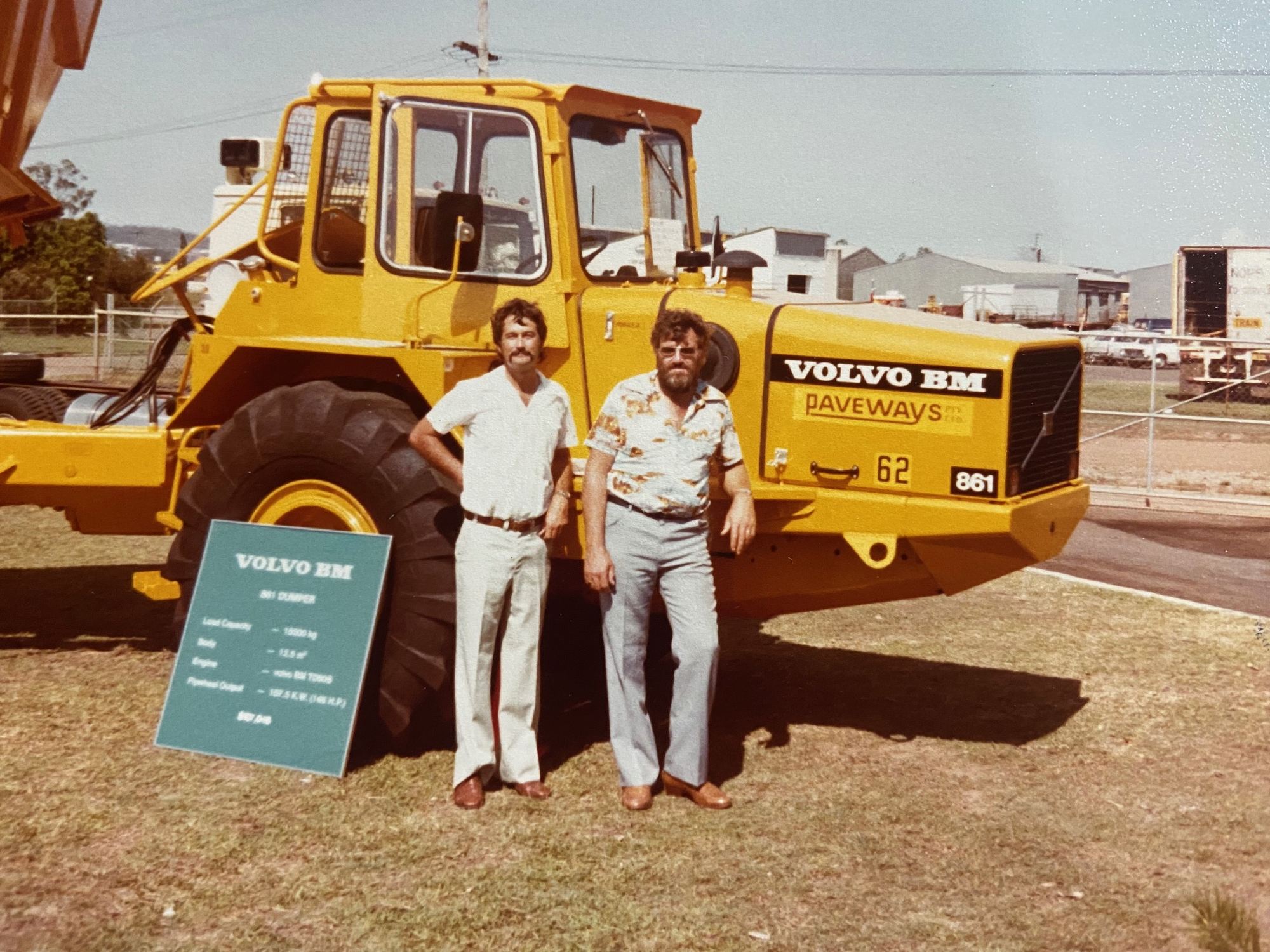
He recalled finding a heap of them on one occasion.
“I had about 10 to 12 of them piled up at Wurtulla Beach, before the disposal guys came and picked them up,” Mr Plater said.
“You learned, from the Army guys, which ones you should put a peg near and keep everyone away, and which ones you could just put to one side, and they would come up to collect them when they could.”
He said the Army would sometimes detonate UXO, with an almighty bang, onsite or nearby.
“When they went off, they went off. But it was because because the Army would wrap six to eight gelignite sticks around them and let them off,” he said.
“Once, we had to block off the highway (Nicklin Way) to let a couple off.”
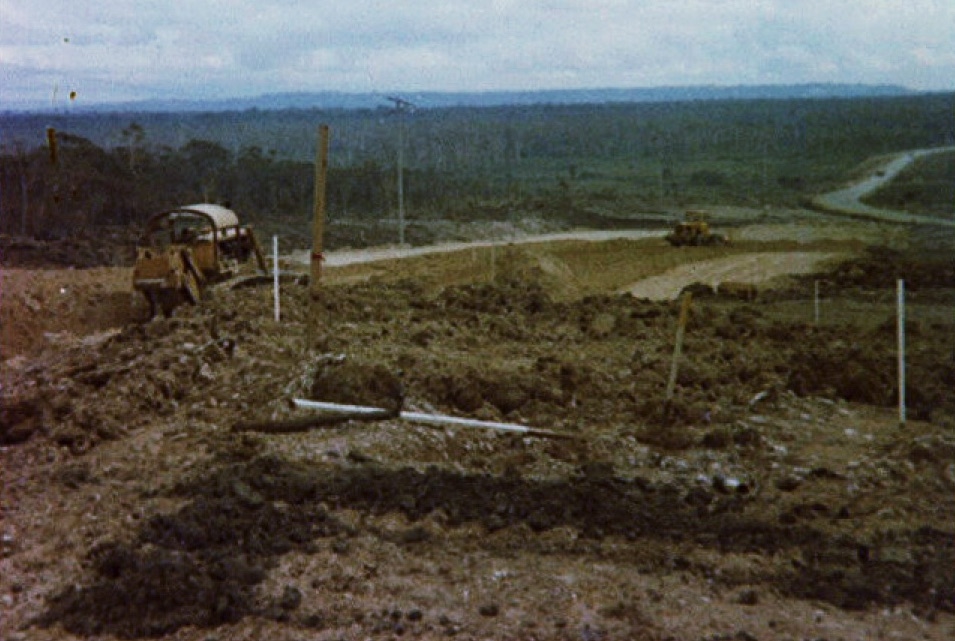
Later, a team was employed to find UXO.
“They went over the areas, before we did work on them, but we would still find the odd one while we did excavations,” he said.
Mr Plater, who lived at Wurtulla for 15 years, even found an anti-tank projectile on his lot.
He was involved in almost everything during the early development of Kawana Waters.
“We were doing the canals, the roads, filling the lots, putting the drainage in,” he said.
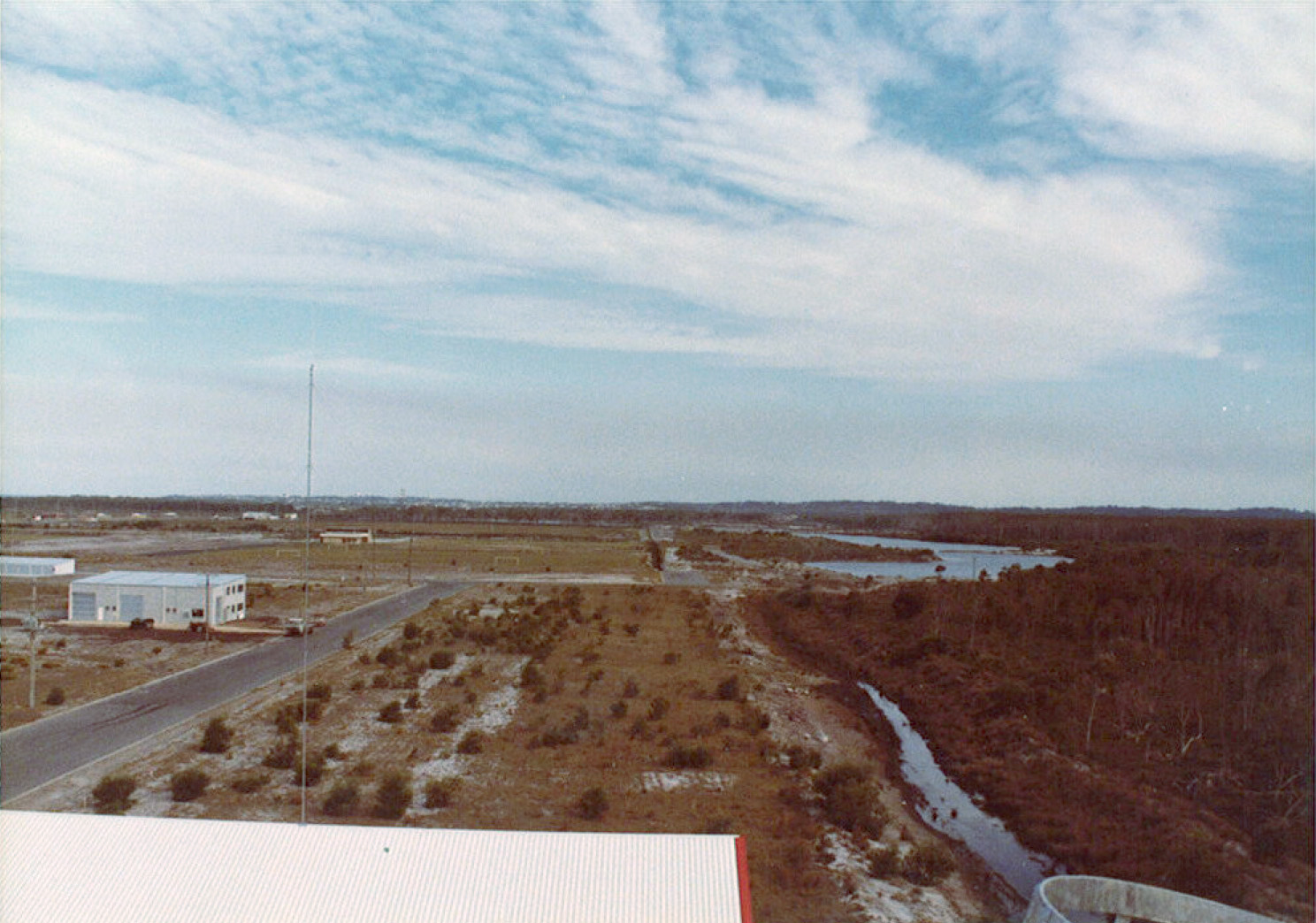
There are still warning signs for potential UXO hazards in undeveloped areas of Kawana Waters today.
Mr Plater said it was possible that UXO were still in the region.
“There could still be some laying in areas that weren’t developed, like in the sand dune parks and environmental parks,” he said.
“But to find one in a developed area would be very unlikely.”
Australian Defence Force interactive mapping shows red zones for ‘substantial potential’ for UXO from Dicky Beach to Bokarina and west to Birtinya.
The map also shows red zones at Coolum Beach (around Stumers Creek) and from Peregian Beach to Sunshine Beach.
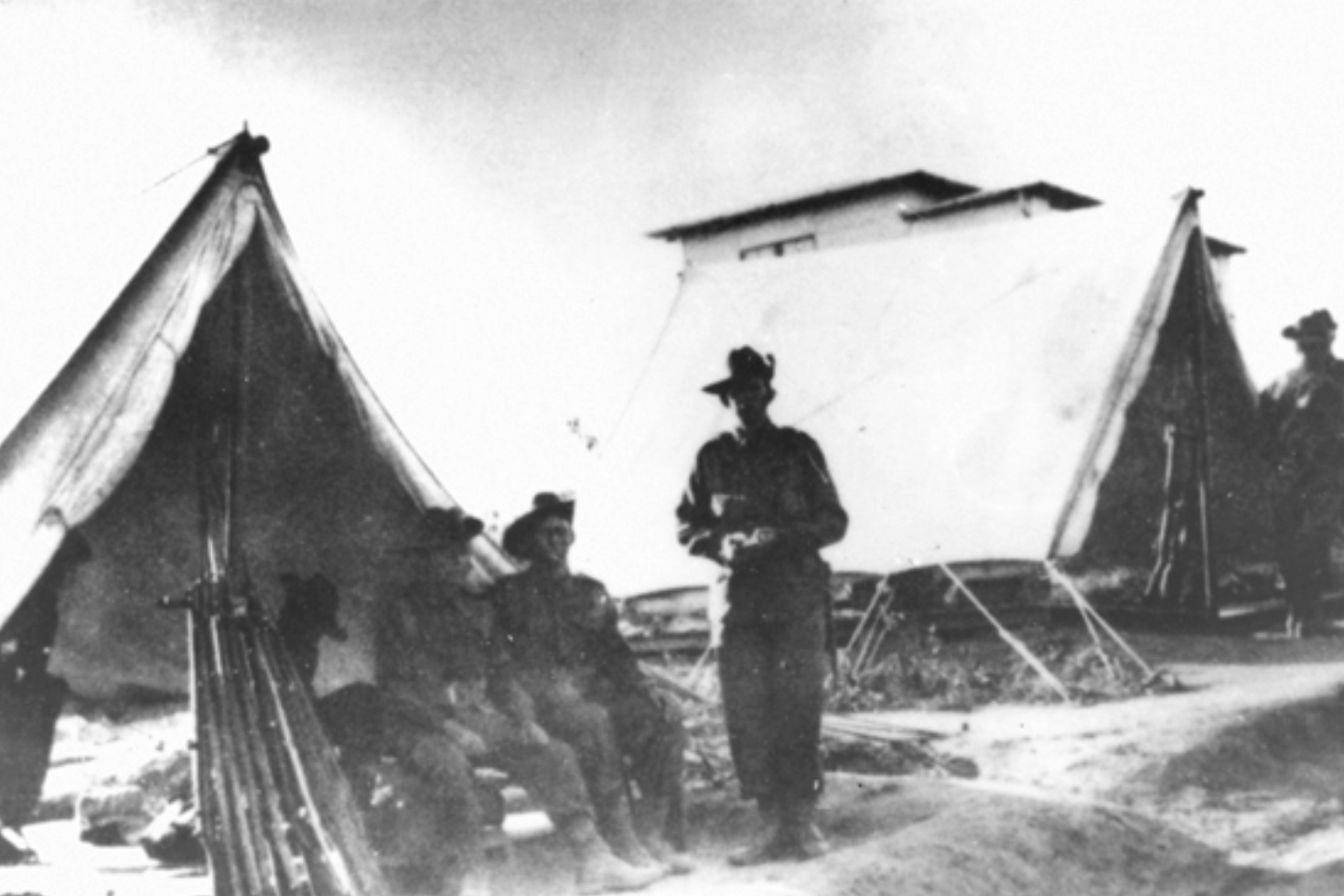
Key training ground
A large area north of Caloundra was gazetted for use as an artillery range at the outset of World War II.
It was extensively used by Australian and Allied forces for artillery, tank, anti-tank and other military live-fire training.
“The artillery gun emplacements were in a row along what became the Nicklin Way, from Careen Street to Browning Boulevard (at Battery Hill),” Mr Plater said.
His father was among the military who trained there.
He said his father told him they would often fire towards the water holes north of what is now Currimundi State School.
“These shells, the reason a lot of them didn’t go off was because they were left over from the First World War and the ground was soft,” he said.
“My father also told me that he and his mates acquired a case of ammo when they were there and they buried what they didn’t use under the tent when they were leaving the camp.
“All over the area, around Culla Culla and Careen streets, you could pick up any number of 303 spent cases and bullets as this was where the rifle range was located.”
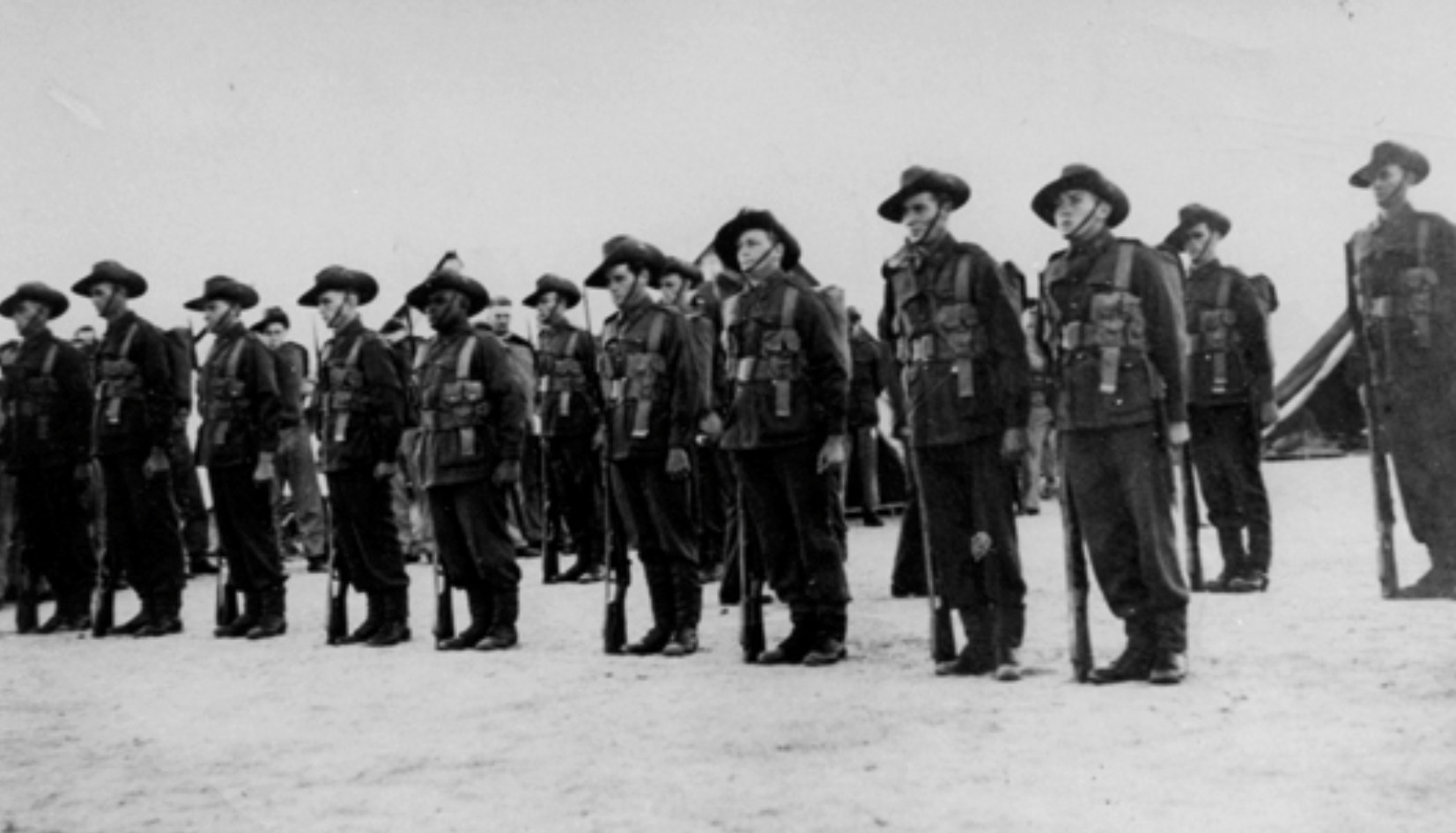
Post-WWII, the area underwent urban development, some of which was supported using commercial specialist remediation companies to identify UXOs in areas of construction activity.
The Australian Defence Force does not have records of remediation works as they were undertaken for private companies, however, during this period, many items of UXO were uncovered and subsequently disposed of by the military.
In 2003, the ADF conducted a survey for Caloundra City Council, which provided advice on the management of the potential UXO hazards in the area.
The ADF continues to engage with Sunshine Coast Council as required.
An ADF spokesperson said UXO could be found in most states and territories of Australia.
“Defence maintains a publicly accessible website that provides information on UXO at Defence – Unexploded Ordnance in Australia,” they said.
“The website provides information, including an interactive map, on land potentially affected by legacy UXO.
“The website also provides advice regarding management of land potentially affected by UXO and what to do in the event an item is discovered.
“Defence deploys regionally based specialist teams to safely remove or destroy UXO when discovered.”
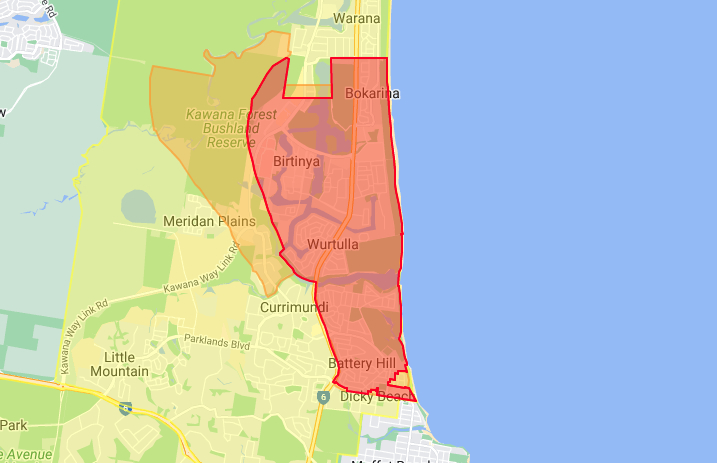
The ADF routinely assists state and territory policing agencies in the safe recovery or disposal of suspected unexploded military ordnance found in public areas.
If a member of the public finds a suspicious item that may be UXO, local police should be contacted immediately.
Police will arrange for military experts to attend and dispose of the item.
Members of the public should leave the item where it is found. Do not touch or disturb it, as doing so places themselves and others at risk of injury.
Further information on UXO and how suspicious items should be dealt with can be found at Defence – National Unexploded Ordnance program.
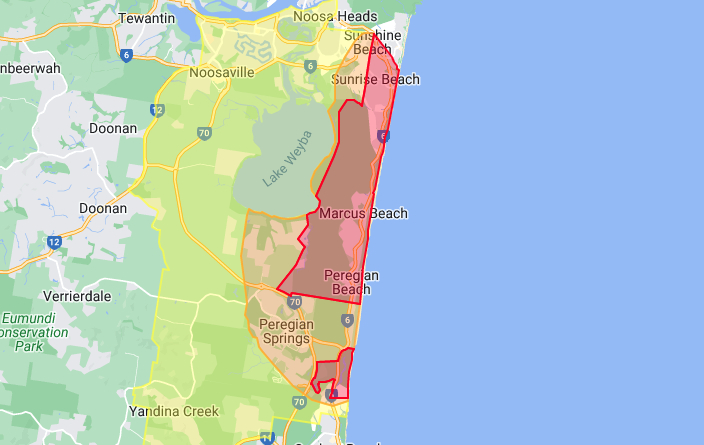
Help us deliver more news by registering for our FREE daily news feed. All it requires is your name and email at the bottom of this article.


